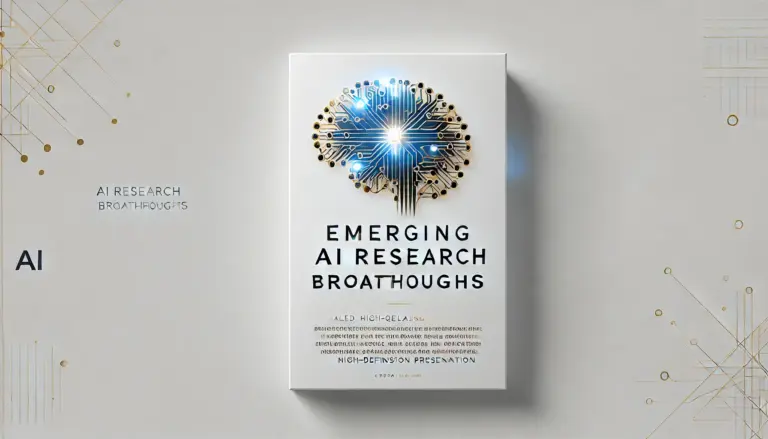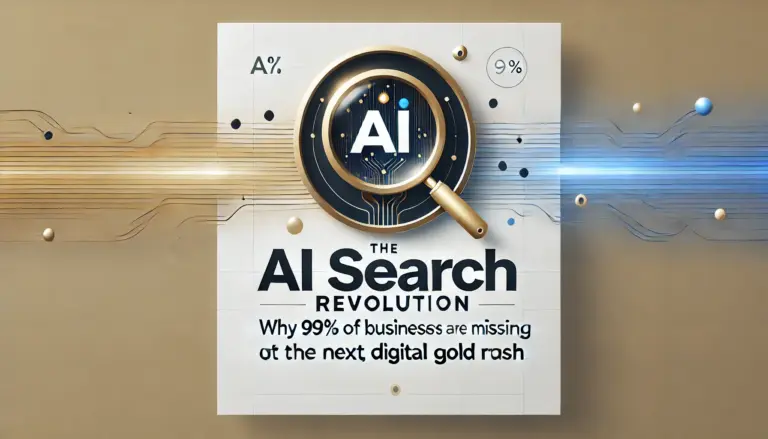Whether we like it or not, AI has become an integral part of our daily lives. From personalized recommendations on streaming services to smart assistants managing our schedules, AI enhances convenience and efficiency. This progress comes at a hidden cost – a significant environmental impact. The computational power required to train and run complex AI models devours massive amounts of energy, raising concerns about global warming and e-waste. In this blog, we will explore the environmental impact of AI.
Let’s delve into the numbers:
- Energy Guzzler: A study by the International Energy Agency (IEA) predicts that the energy consumption from data centers, AI, and cryptocurrency could double by 2026. This surge translates to a strain on electricity grids, potentially demanding a quarter of the UK’s entire energy consumption in just a few years.
Compared with 3% in 2022, data centers will use 8% of USA power by 2023.
- Carbon Footprint of a Champion: Training a single AI system can emit a staggering amount of carbon dioxide – over 250,000 pounds, according to the Council on Foreign Relations (CFR). This footprint rivals the emissions of the aviation industry [CFR].
- Tech Giants, Big Energy Use: Leading tech companies like Amazon, Google, and Microsoft have seen their combined energy use more than double between 2017 and 2021, reaching a whopping 72 terawatt-hours (TWh) in 2021.
These statistics paint a concerning picture. Our reliance on AI for progress is putting a strain on our planet’s resources and contributing to climate change.
The Price We Pay:
The environmental cost of AI translates to consequences for all of us:
- Warming the Planet: The increased energy consumption from AI powers plants that rely on fossil fuels, accelerating global warming.
- E-waste Explosion: The hardware needed to run AI contributes to electronic waste, creating a growing environmental problem if not disposed of responsibly.
Mitigation Strategies
To mitigate the environmental impact of AI, several strategies can be implemented:
- Adoption of Renewable Energy: Increasing the use of renewable energy sources, such as wind, solar, and hydroelectric power, can reduce the carbon footprint of data centers. Companies like Google and Microsoft have already committed to powering their data centers with 100% renewable energy.
- Development of Energy-Efficient Hardware: Creating energy-efficient hardware and optimizing AI algorithms for efficiency can significantly lower energy consumption. This includes using specialized chips, like Google’s Tensor Processing Units (TPUs), designed for high-efficiency AI computations.
- Building Green Data Centers: Constructing green data centers with advanced cooling techniques, efficient power management, and sustainable construction practices can minimize environmental impact. For example, Facebook’s data center in Luleå, Sweden, utilizes natural cooling from Arctic air, reducing energy consumption for cooling by 40%.
- Investment in Carbon Offsetting: Investing in carbon offset projects, such as reforestation and renewable energy initiatives, can help balance the carbon emissions generated by AI activities.
The environmental cost of AI is a challenge we can’t ignore. In near future AI industry going to consume as much energy as consumed by a country. It’s time to harness the power of AI for progress while ensuring a sustainable future for our planet.




